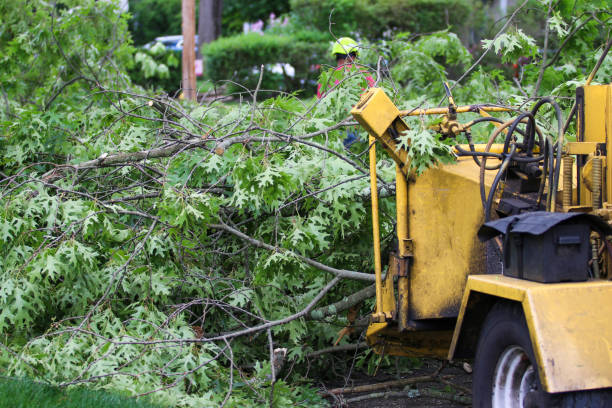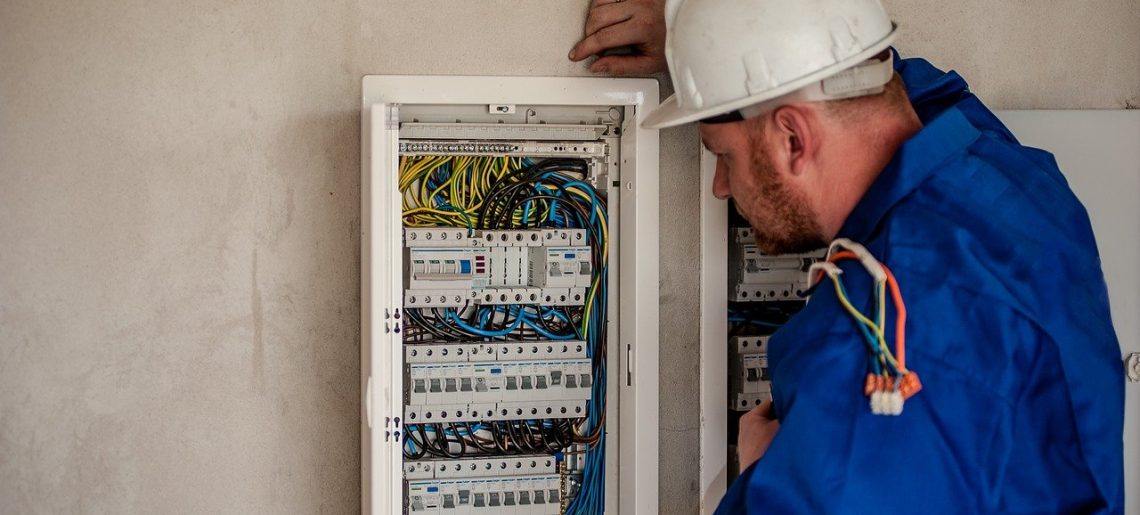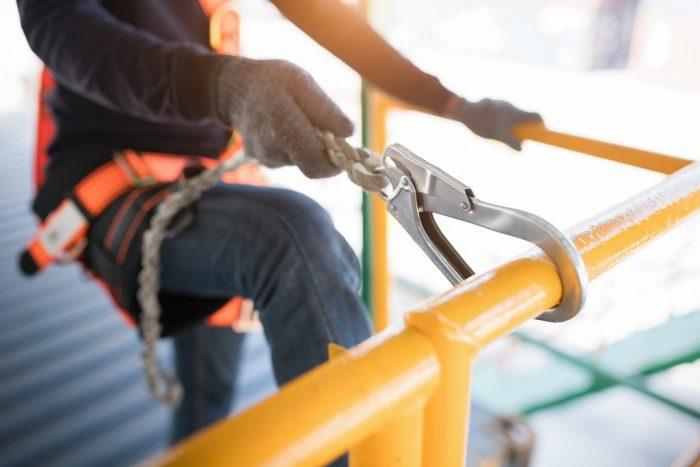
There are a variety of reasons to hire professional tree removal services. From thinning overcrowded trees to clearing space for construction projects, they can help you get the most out of your landscape. Trees that show signs of disease or pest infestation can become hazardous if they are left untreated. Other factors that may warrant removing a tree include its proximity to power lines or your home and its overall structural integrity. Read on to learn how tree removal safeguards your landscape.
Preparation
The preparation process involves clearing out anything that might get in the way of tree removal or trimming. This includes cars, lawn furniture, and children’s toys that could be damaged by the crew or their equipment. It also includes making sure that the work area is clear of pets and children, who could be harmed by falling branches or debris. It is important for homeowners to do this before they schedule an appointment with a professional service, as the work area will need to be cordoned off to keep people and things out of harm’s way.
Before the professionals arrive, they will conduct a thorough inspection of the tree to assess its health and determine what steps need to be taken to remove it safely. This assessment takes into account the size of the tree, its location on your property, and the surrounding landscape. It also considers the weather, as wind speed and direction can influence the manner in which a tree falls when cut.
After the inspection, the Mornington Peninsula arborists will develop a plan to safely remove the tree. The plan will specify what tools and equipment are required, as well as the estimated time frame for completion. It will also address any potential hazards or complications, such as if the tree is infected with disease or pests, is dead or dying, or has compromised structural integrity.
It is a good idea to choose a reputable and experienced Rosebud tree removals service, as this will ensure that the project is handled correctly. Check with your local authorities to make sure that the company is licensed and insured, and ask about their safety protocols. They should be able to provide you with evidence of their certification, which shows that they adhere to industry standards and practices.
Inspection
The inspection process is critical to the success of your tree removal project. Your tree professionals will carefully evaluate your trees, looking at everything from the size of a tree’s trunk and root structure to its proximity to power lines or buildings. It is important to note any indications of disease or insect infestation as these may have a significant impact on the health and stability of your trees.
If a tree is exhibiting signs of disease, it should be removed as soon as possible. It is often a safety hazard and may pose risks to people, cars, structures, and even sewers and power lines if it falls. This is why it is so important to trust the expertise of a fully trained tree service professional. It is like taking your pet to a veterinarian when they are ill – you wouldn’t want to try to diagnose and treat it yourself!
There are also some situations where a tree needs to be removed because it is in an unsafe location. This includes if the tree is too close to your house, growing into or near power lines, is overgrown and obstructing space, or is causing damage to other trees on your property.
In addition, the location of the tree in relation to other landscaping elements such as gardens, fences, and paved areas must be considered as well. A professional tree removal company will help you make the best decisions about your landscape and recommend a solution for your specific needs.
When selecting a tree service provider, choose one that is licensed, insured, and certified by relevant bodies. Also, ask them about their safety policies, equipment, and preparation procedures. This will ensure a streamlined process that is completed efficiently and without any unexpected complications or costs.

Removal
The cutting and removal process is where the skills of a professional tree service really shine. They carefully cut the tree into manageable sections, either using a crane or traditional methods that ensure precision and control. They then remove the sections from your property, arranging for their disposal or recycling in an environmentally responsible manner. The professionals may also rake and sweep the area to remove smaller debris such as leaves and sawdust.
There are several reasons why a tree might need to be removed. Dead or dying trees can fall and damage your home, property, or other structures. Overgrown trees that interfere with the health or growth of nearby trees and plants. Stumps that are unsightly, difficult to mow or use, and can create tripping hazards on your property. Stumps that attract pests and fungi.
Tree removal services can save you time and effort by handling the entire process for you. They also have the equipment, expertise, and safety protocols to ensure the job is done correctly. They can also handle other related projects such as stump removal or providing mulch and wood chipping. Search for arborists on the internet by typing in “tree removal near me” and choose the team that you think you can trust.
When hiring a tree removal company, it is important to make sure the location of the tree is clear of furniture or other objects that could get in the way. You can also help the process run smoothly by making sure there is a route for workers to access their vehicles and equipment on your property.
Whether you need to remove a damaged or diseased tree, want to thin overcrowded trees for aesthetic purposes, or need to address safety concerns, professional tree removal is the best option for your landscape and home. Using the proper techniques, these experts can remove trees quickly and safely without causing any damage to your home or other landscaping elements.
Professional tree removal services ensure safety during the removal process. Tree removal can be dangerous, especially for large or tall trees, and attempting it without proper equipment and expertise can lead to accidents or property damage. With their knowledge and specialized tools, professional arborists can safely and efficiently remove trees while minimizing risks to surrounding property and individuals. Hiring professionals also means proper disposal of the tree, preventing potential environmental hazards, and ensuring compliance with local regulations regarding tree removal and disposal.
































